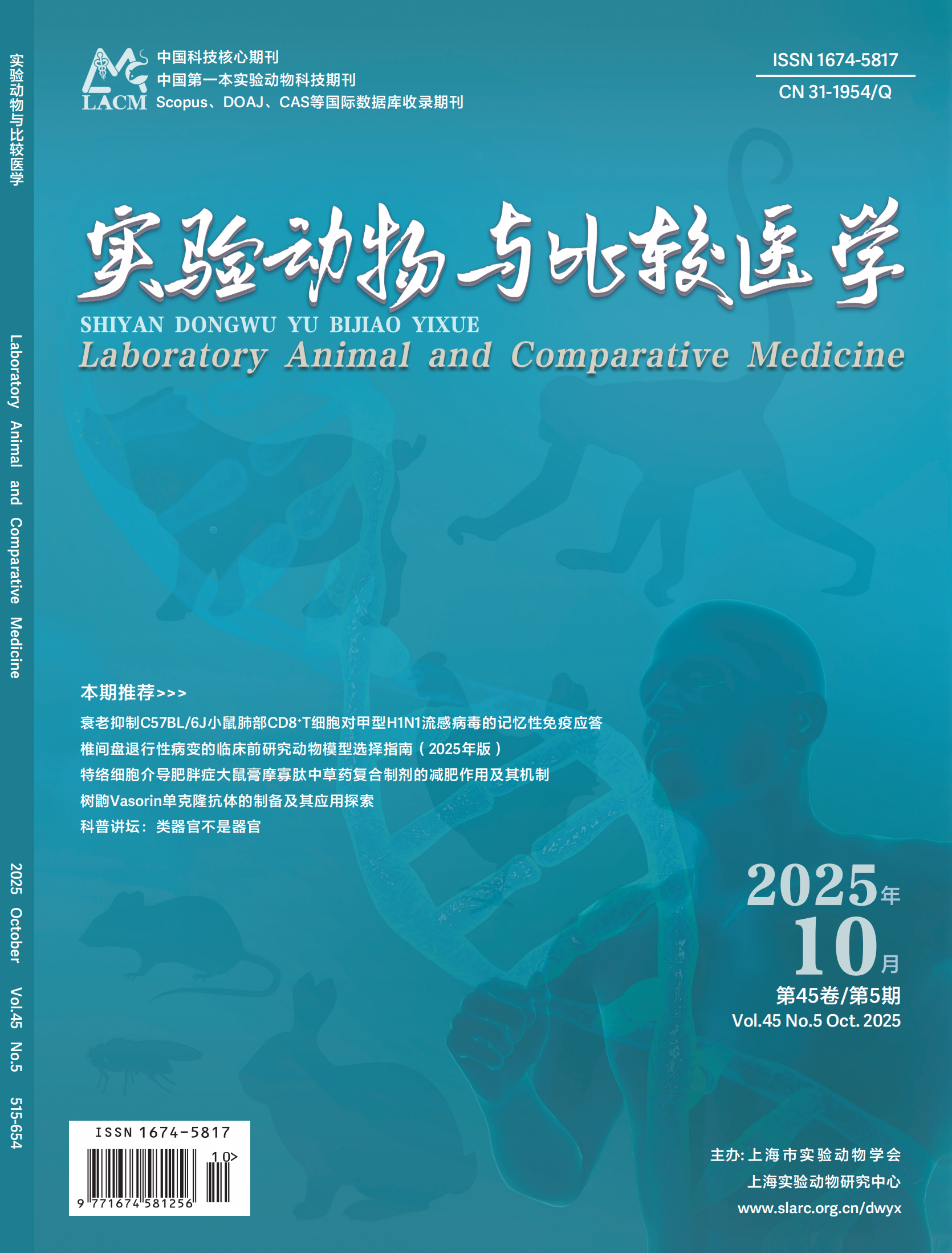Objective To investigate the effects of modified Wuzhuyu (Tetradium ruticarpum) decoction on blood pressure and vascular endothelial function in rats with hypertension induced by high sugar and fat diet and alcohol drinking. Methods One hundred SPF male SD rats were selected, 20 were used as control group, and 80 were used for establishing hypertension model induced by high sugar and fat diet and gradient alcohol drinking. The successfully induced model rats were randomly divided into 4 groups with 20 rats in each: hypertension model group, modified Wuzhuyu decoction low-dose treatment group, middle-dose treatment group, and high-dose treatment group. The rats of treatment group were oral gavaged daily with different concentrations of modified Wuzhuyu decoction, and the normal control group and hypertension model group were oral gavaged with distillation respectively. The systolic blood pressure (SBP), diastolic blood pressure (DBP), mean arterial pressure (MBP), and heart rate (HR) were detected before the experiment, after the successful modeling (before administration), and after treatment. The serum intercellular adhesion molecule-1 (ICAM-1), endothelin-1 (ET-1), nitric oxide (NO), and endothelial nitric oxide synthase (eNOS) were detected by ELISA. Results Compared with the control group, the SBP, DBP, and MBP in each experimental group were significantly increased after modeling (before administration) (P<0.05). Compared with the hypertension model group, the SBP, DBP, and MBP in the medium-dose and high-dose treatment groups decreased significantly after treatment (P<0.05). There was no significant difference in HR between the groups of rats before and after treatment (P>0.05). After treatment, compared with the control group, the levels of ICAM-1 and ET-1 in each experimental group increased significantly, and the levels of NO and eNOS decreased significantly (P<0.05). Compared with the hypertension model group, the levels of ICAM-1 and ET-1 in the medium-dose and high-dose treatment groups were significantly increased, while the levels of NO and eNOS were significantly reduced (P<0.05). Conclusion Medium-dose and high-dose modified Wuzhuyu decoction has obvious antihypertensive effect on hypertensive rats induced by high sugar and fat diet and alcohol drinking .

